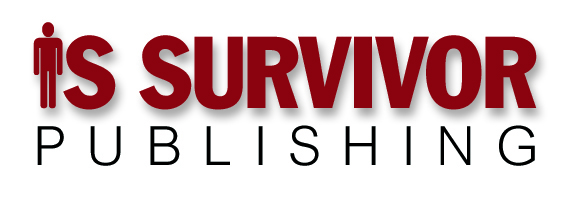“There’s a lot of truth in fiction.”
I hear this from time to time, mostly, I fear, from people who don’t know the definition of fiction and haven’t thought through the meaning of “truth.”
For example, there I was, stumbling down the mountain. Why, you may fairly ask, was I stumbling down the mountain? And what, you may even more fairly ask, does this have to do with you?
We’ll get there.
First of all, let’s be clear about the nature of truth: None of us have access to it. The best we can manage is to accept the best explanations that account for the most unbiased evidence we can get … and even that isn’t easy.
As for speaking the truth, if we don’t have access to it, we can’t speak it. The best we can be is honest, and even that isn’t easy.
And as for fiction … there I was, hiking up the mountain. The route was harder than a stroll but easier than a climb. My climbing companions included my wife and various family members — all younger than me, but mostly not by all that much.
As we neared the summit, which we were trying to reach by sunset so as to admire it from the summit, I felt the first twinge in the side of my left knee.
But, you see, I’d read a lot of fiction in which the hero pushes through the pain and comes out the other side. Where the difference between winners and losers is will power. Where quitters never win and winners never quit.
And like a schmuck, I believed it. Without even realizing it, I’d accepted the fiction as truth.
From what we know of physiology, a number of different factors, either singly or in combination, reduce or eliminate a muscle’s ability to contract. As a former biologist-in-training, I knew this.
See, “will power” means your brain sends out “keep on contracting!” signals to muscles that are sending “my ability to contract efficiently is diminishing” signals back to it.
This is a good thing when the muscles are just whining over being pushed a bit harder than they’re used to (sorry for the technical jargon). It’s how you strengthen them.
But it’s a bad thing when they’re approaching their limits.
As I found out, because by pushing through the pain instead of taking a short break, my knees pretty much stopped functioning right as we reached the top.
Fortunately, one of my sisters had an elastic bandage in her kit and our guide had another, along with a pair of walking sticks, and everyone involved had a lot of patience. So we all made it down, it only took an extra couple of hours, and two days later I was more or less back to normal.
Why do you care?
Because many in management are creating increasingly harsh work environments. They may be project death marches. They may be understaffed operations. They may be some other type of workload where management started off asking for a short, high-speed sprint, got what it asked for, and decided its employees could run longer and longer distances (metaphorically speaking) at the same pace.
Up to a point they might be asking for a higher level of mental fitness. Most of us are capable of more than we think, after all.
But only up to a point. Beyond that point lies burnout, hypertension, and occasionally heart attacks and strokes.
Where is that point? That’s where it becomes hard, because, the “point” isn’t a point at all. It’s a blurry patch that’s in a different place for different people, and in a different place for different kinds of work for each person.
And that’s the truth.
But of course, it isn’t, just my best explanation of what I’ve seen over the years.
Because in spite of what you may have heard, people don’t really bring the truth with them when they come down the mountain.
Unless, that is, you think “truth” is a synonym for really sore knees.
* * *
Correction: Last week I related my tale of woe regarding Windows 8’s “refresh” feature, which ended up uninstalling all my Desktop applications. It turns out that had I simply re-installed MS Office, everything would have worked … the system apparently kept track of the installation key and automatically applied it to the fresh installation.
My apologies to Microsoft. It still shouldn’t have happened, but the fix was less painful than I’d thought.
